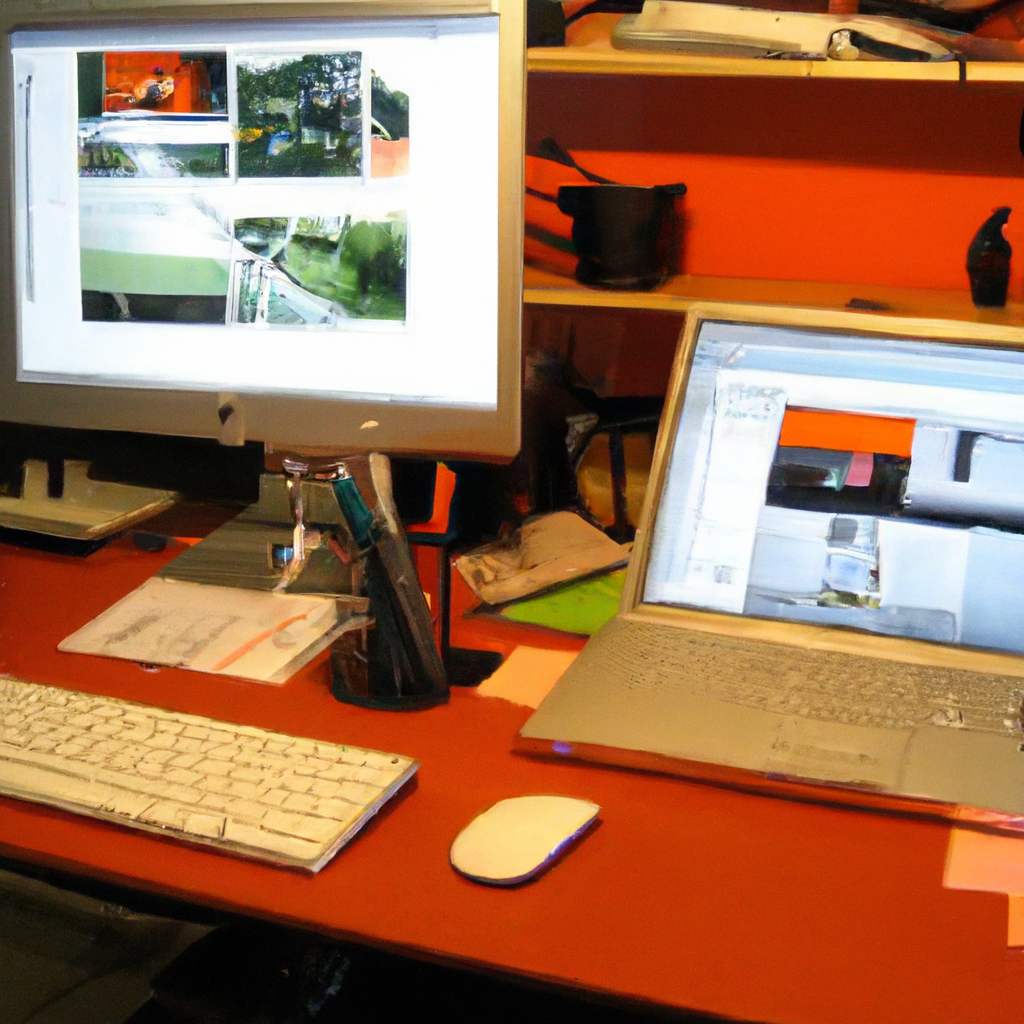
Balance in Graphic Design: A Key to Achieving Harmony
The Journey into Balance
In my quest to continually improve as a graphic designer, there are many elements I look at, one of these being balance. Balance is a principle of design that dictates the distribution of elements within a design composition.
The Role of Balance
Why should we pay attention to balance in our designs? Here are some compelling reasons:
- Creates Stability: A well-balanced design provides a sense of stability and structure, making the viewer feel comfortable and engaged.
- Controls Focus: Balance helps control where viewers focus their attention. Strategic placement of elements can guide the viewer’s gaze to key areas of your design.
- Lends Professionalism: Maintaining balance in your designs makes them look orderly and professional, adding to your credibility as a designer.
Practicing Balance in Graphic Design
The concept of balance can manifest in various ways within the realm of graphic design:
- Symmetrical Balance: This is achieved by placing elements of the same weight on a central axis of your design. This method is often associated with stability and formality.
- Asymmetrical Balance: Asymmetrical designs use different elements that have equal visual weight to create balance. They often come across as more dynamic and interesting.
- Radial Balance: Here, elements radiate from a central point. This can create a strong focal point in your design.
Balance in Action
The best way to grasp the essence of balance is by observing real-world applications. Look at your favorite brands and notice how they balance different elements of their logo, typography, or overall layout to create harmonious compositions.
Beyond the Limits of Symmetry
Though symmetry is a common technique to achieve balance, it’s important to note that not all designs need to be symmetrical. Asymmetry can add interest and excitement, helping you break free from design monotony while still maintaining an overall sense of balance.
Striking the Right Balance
As graphic designers, our job is to communicate visually. By using the principle of balance, we can create compelling visuals that harmoniously blend creativity and functionality.
Remember, achieving balance in design is much like a balancing act in real life. It requires constant adjustments, a keen eye, and a deep understanding of your design’s overall impact. Mastering balance can truly transform your designs and elevate you as a designer.
Embrace the power of balance, use it as a guide in your design journey, and watch as your designs evolve into harmonious masterpieces. The world of design is open to exploration, and you’re the explorer. So, go forth and create balance in your designs, and ultimately, in the viewer’s mind.